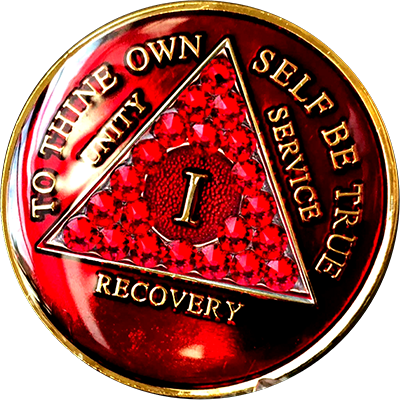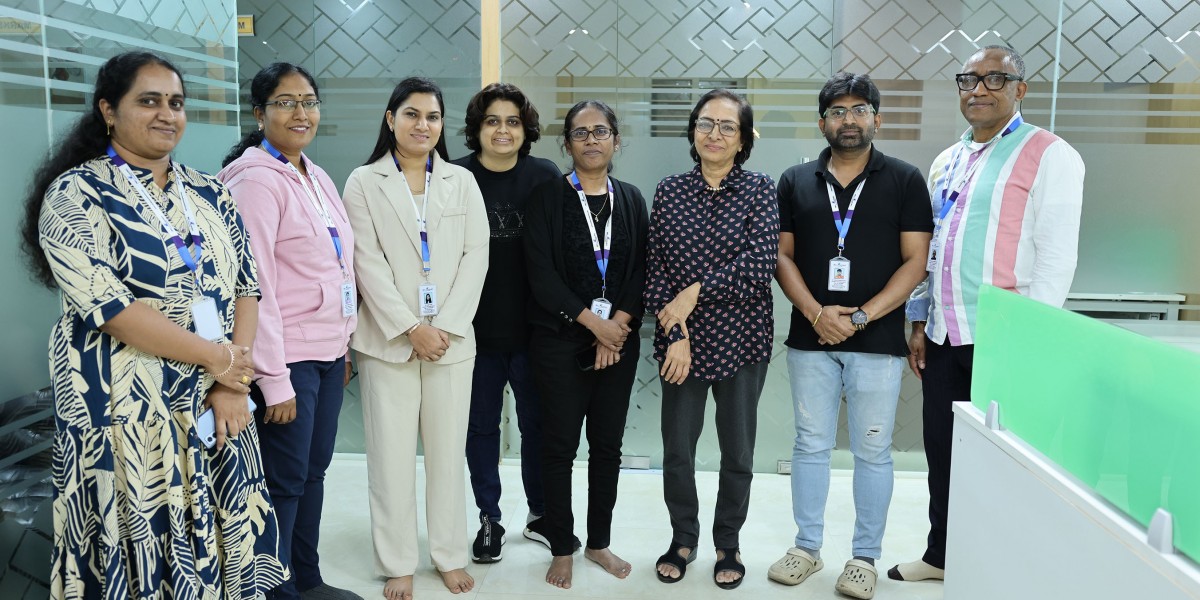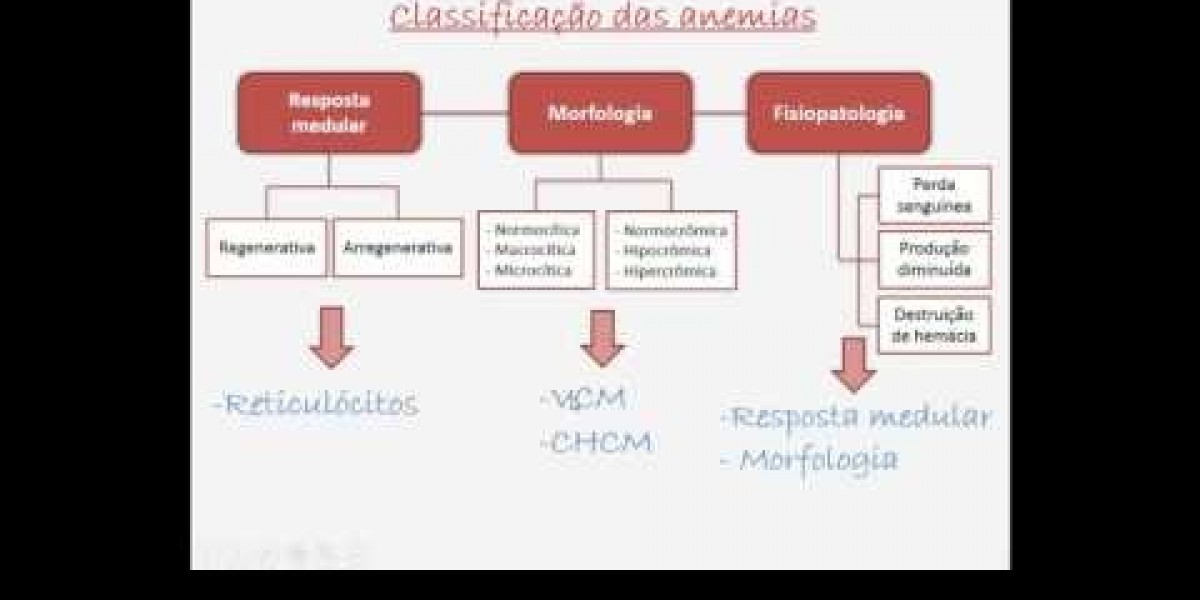As a part of core team of Fellowship in Reproductive Medicine in India, I wanted to make an article explaining the menstrual cycle in a way that's really straightforward so that you can really understand how all of these different structures produce hormones that regulate this complicated cycle.
· The first thing to understand is the four main hormones involved in the menstrual cycle.
- FSH: Follicle-stimulating hormone, which we abbreviate to FSH,
- luteinizing hormone or LH,
- Estrogen
- Progesterone.
· The second thing to understand is that there's two phases of the menstrual cycle.
- Follicular Phase
The typical menstrual cycle is 28 days long and each phase is 14 days long. The first phase is the follicular phase and it's called this because the egg, which we also call the ovum, is inside a follicle that's developing.
- Luteal Phase
The second phase is called the luteal phase because the egg has exited the ovary during ovulation and what's left inside the ovary is called the corpus luteum.
In many women the cycle is different lengths, for example 21 days or 35 days, and the luteal phase, or the second phase, is always 14 days long. So when the cycle is shorter then it means the follicular phase is shorter and when it's longer the follicular phase is longer and the luteal phase always remains 14 days long.
You need to be aware of some key structures in the body that release the hormones.
· Firstly in the middle of the brain you have the hypothalamus and the pituitary gland. The pituitary is split into two parts, the anterior part at the front and the posterior part at the back, and these are responsible for regulating a large number of hormones in the body.
· Then you have the pelvic organs, so there's the vagina, the uterus where the babies grow, the fallopian tubes and the ovaries. The ovaries are where the eggs develop and then when they're released they get fertilized in the tubes and they travel down the fallopian tubes and settle in the uterus and that's where the babies grow. The lining of the uterus is called the endometrium. It's like a soft cushiony tissue that the fertilized egg will implant into and it has a great blood supply and is a great environment to support the growing baby. And this is the area that breaks down and bleeds every month so that it can be renewed and refreshed for a fresh attempt at becoming pregnant. So let's start day one of the menstrual cycle.
At the very top the hypothalamus kicks everything off by releasing gonadotrophin-releasing hormone. This hormone is pretty self-explanatory, it does what it says on the tin, it causes the release of gonadotrophins, or follicle-stimulating hormone and luteinizing hormone, from the anterior pituitary gland. The main job of FSH is to stimulate the development of the follicles, as the name would suggest, and the main job of LH is to cause ovulation. Each ovary has a finite number of immature eggs that are called primordial follicles and there's about 200,000 of these in each ovary. They lie waiting for the woman's whole life, from birth until the month that they become active. So once a month, at the start of the menstrual cycle, FSH stimulates 15 or 20 of these follicles to start developing within the ovaries.
And as the follicles develop, the cells surrounding them, called the granulosa cells, secrete increasing amounts of estrogen. Estrogen is a steroid sex hormone that acts on tissues with estrogen receptors to promote female secondary sexual characteristics. They stimulate the development of breast tissue and other female sex organs around puberty, such as the vulva, vagina and uterus.
They also stimulate the blood vessels in the uterus and the development of the endometrium. And they cause the mucus in the cervix to become thinner so that the sperm are able to penetrate it around the time of ovulation, so that they can get into the uterus and get to the egg to fertilize it. The estrogen also causes a negative feedback on the anterior pituitary and hypothalamus.
So as the level of estrogen rises, it suppresses the release of LH and FSH. Just before ovulation, there's a bit of a dip in estrogen as the follicles are getting ready to release the egg. There's a spike in luteinizing hormone that causes one of the follicles to reach the surface of the ovary and release the ovum, or the unfertilized egg.
Ovulation happens at day 14 of a 28-day cycle. Now let's look at the luteal phase of the menstrual cycle. The follicle that released the ovum collapses and becomes the corpus luteum.
The corpus luteum secretes high levels of progesterone, and progesterone is a steroid sex hormone as well. It's produced by the corpus luteum after ovulation, and if pregnancy occurs, then the placenta will take over the production of progesterone from around 5-10 weeks of pregnancy. Progesterone acts on the tissues that have previously been stimulated by estrogen.
For example, they cause thickening and maintaining of the endometrial lining, they thicken the cervical mucus to prevent things going in and out of the uterus, and they also cause a slight rise in the body temperature. The corpus luteum also secretes some estrogen. If the egg is fertilized, then the embryo secretes something called human chorionic gonadotropin or HCG, and that keeps the corpus luteum alive.
HCG is the hormone that we check in the pregnancy test. But if the ovum is not fertilized and no HCG is produced, the corpus luteum will degenerate and it stops producing progesterone and estrogen. And this drop in estrogen and progesterone removes the negative feedback to the hypothalamus and pituitary gland, and the levels of FSH begin to rise again and the cycle is restarted from the start.
The drop in estrogen and progesterone also causes the endometrium to break down and menstruation to occur. Now menstruation starts from day one of the cycle, and menstruation is where the superficial and middle layers of the endometrium separate from the basal layer of the endometrium, and this tissue is broken down inside the uterus and it's released through the cervix and the vagina. And this causes fluid containing blood to be released from the vagina, and that normally lasts between one and eight days, and this is what we call a period.
FSH is released from the anterior pituitary at the start of the menstrual cycle, and this causes development of the follicles. FSH slightly spikes prior to ovulation. Estrogen is released by those developing follicles, and it gradually rises as they develop, and then falls just before ovulation as the follicle prepares to release the egg.
Luteinizing hormone doesn't really change much until it spikes just before ovulation and stimulates that ovulation to happen. There's only a very low level of progesterone during the follicular phase, as it doesn't really have a role during this phase. Progesterone, and to a lesser extent estrogen, are increasingly produced by the corpus luteum.
These hormones help to thicken and maintain the endometrium. Unless fertilization occurs, the corpus luteum degenerates, and the progesterone and estrogen levels drop. This drop in their levels results in the endometrial lining breaking down and menstruation occurring.
The levels of progesterone and estrogen are high during this phase. This causes negative feedback that prevents FSH and LH from being secreted. But as they drop at the end of this phase, this removes the negative feedback on the hypothalamus and FSH starts to be secreted, and this is where the cycle restarts all over again.
Medline Academics’ Fellowship in Reproductive Medicine in Bangalore
Medline Academics is quite proud of its fellowship mentees' pleasure. Numerous experts who completed the fellowship with satisfaction offered helpful critiques of the program's innovative curriculum, which was created by Padma Shri Prof. Dr. Kamini Rao and her knowledgeable staff. We at Medline Academics provide a comprehensive array of training programs that equip graduates with the necessary abilities, know-how, and confidence in the field of reproductive medicine. It is worthwhile to think about Medline Academics as the ideal reproductive medicine teaching institution. For a comprehensive education, their Online Fellowship in Reproductive Medicine in Bangalore, India combines theory courses with an internship. Students can obtain a top-notch education while juggling their job obligations. While affirming the commitment to be at the forefront of reproductive health advancements, Medline Academic puts an emphasis on practical training; ensuring that prospective professionals can be of help to individuals and families seeking reproductive care.
Dr. Kamini Rao Hospitals, the Best IVF Treatment Centre in Bangalore, is a well-known brand in India for women's health and fertility. As a centre of excellence for over forty years, the hospital has assisted thousands of couples in realizing their desire of parenthood via the work of reproductive medicine pioneer Padma Shri Prof. Dr. Kamini A. Rao. IVF, ICSI, IUI, egg donation, and other cutting-edge fertility therapies are available at the institution. The greatest safety and ethical standards are applied to every service provided here. Each patient receives individualized care, respect, and consideration.
































